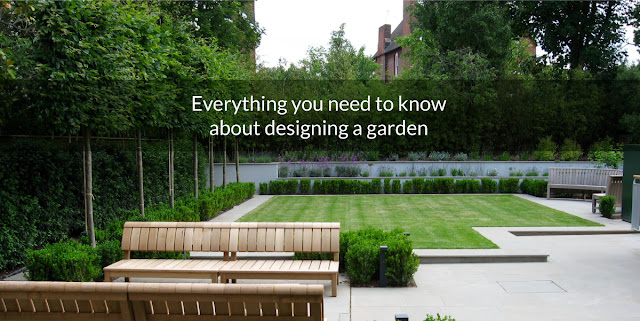The Role of Colour Theory in Garden Design
When planning a garden, colour isn’t just decoration—it’s a design choice that shapes mood, balance, and overall atmosphere. For a professional garden designer in Wimbledon, applying colour theory is essential to creating outdoor spaces that feel both beautiful and personal. Whether it’s a calm retreat or a vibrant social area, the right colours can completely transform your garden.
In this blog, we’ll take a closer look at how colour theory influences garden design and why it matters when working with a designer who truly understands how to bring it all together.
Understanding Colour Theory in Garden Design
Garden design becomes far more purposeful when you recognise the power of colour in shaping both mood and structure.
The Importance of Colour in Landscape Design
Colour plays a crucial role in how a garden feels and functions. Warm tones like reds and oranges bring energy and focus, while cool hues such as greens and blues create calm and openness. A thoughtful colour balance adds structure throughout the space.
How Garden Designers Use the Colour Wheel
To plan successful planting schemes, designers often rely on the colour wheel for garden design. Complementary colours, those opposite each other on the wheel, create bold contrasts, while analogous colours, those next to one another, offer a more subtle, cohesive look. This approach ensures visual harmony across the seasons.
Why Colour Theory Matters in Every Garden
Whether your space is large or small, colour theory garden design helps achieve balance, flow, and emotional impact. It’s not just about what looks good today, but how the garden will evolve with time, light, and the seasons.
How Garden Designers Apply Colour Theory in Practice
A well-designed garden doesn’t rely on guesswork; professionals apply colour theory to ensure your outdoor space works in every detail.
Creating Purposeful Garden Colour Schemes
Garden designers carefully select not just flower colours, but also consider foliage, bark, and seasonal variation. This creates visual unity and functional flow across the space.
Using Colour to Influence Garden Mood
Light, cool colours can make smaller gardens feel more spacious and calmer, while bold, warm tones add drama and draw attention to focal points like seating areas or water features.
Planning for Seasonal Colour Changes
Professionals design with all seasons in mind. They ensure your garden transitions smoothly through spring blooms, summer brightness, and autumn warmth, keeping it visually rich all year.
Work with a Garden Designer in Wimbledon Who Understands Colour
A beautiful garden begins with a thoughtful design rooted in colour theory. Choosing a garden designer in Wimbledon who blends creativity, expertise, and professional guidance can make all the difference.
To discover bespoke garden design services based on colour, balance, and lifestyle, get in touch with Justin Greer today, a trusted garden designer in Wimbledon.




Comments
Post a Comment